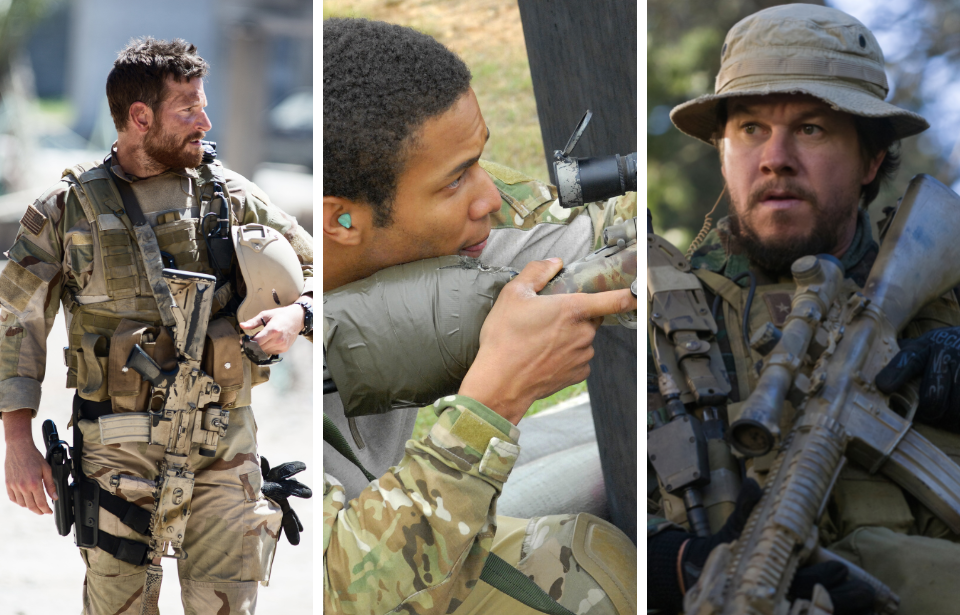With 33 confirmed kills over a span of just four months – and upwards of 100 unofficial kills – Nicholas Irving, AKA “the Reaper,” is one of the deadliest Special Ops snipers in modern history. During an interview with Insider, Irving’s expertise was put to the test, to determine the accuracy of 11 iconic sniping scenes from popular war movies.
Here’s what he thought about a handful of them.
Nicholas Irving, “the Reaper”
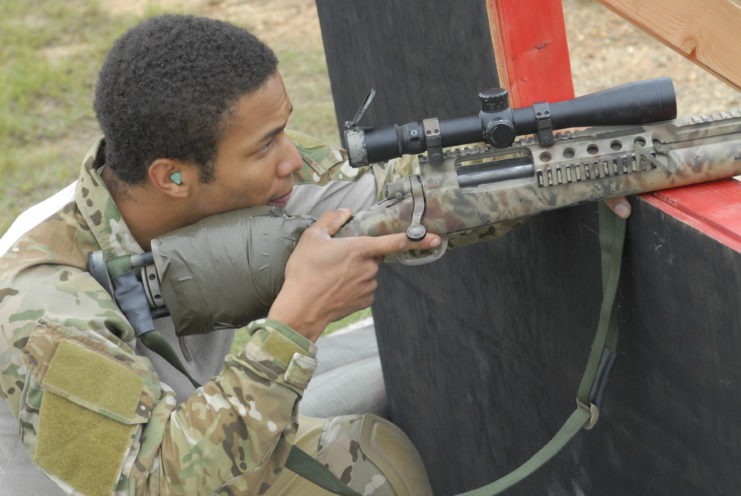
Nicholas Irving, better known as “the Reaper,” served as a Special Operations sniper with the 3rd Ranger Battalion, 75th Ranger Regiment of the US Army. He’d initially hoped to join the Navy SEALs, but wound up serving with the Army after failing a colorblindness test. Armed with an SR-25 rifle, which he nicknamed “Dirty Diana,” he served in Iraq and Afghanistan.
Since retiring from the military, Irving has openly shared his experiences living with post-traumatic stress disorder (PTSD) and alcoholism, which ended in him trying to take his own life. Today, he is a New York Times bestselling author. His book, The Reaper: Autobiography of One of the Deadliest Special Ops Snipers, was co-published with Gary Brozek and explores his experience during the War on Terror.
His experience makes him more than qualified to gauge the authenticity and accuracy of snipers in Hollywood films.
Jarhead (2005)
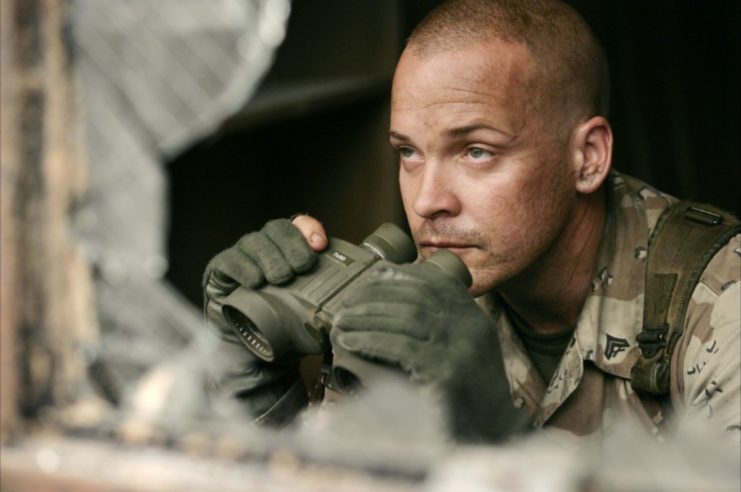
One film captured an emotion that Irving himself experienced. It was a scene from Jarhead (2005), during which a sniper takes a shot and a commanding officer busts into their hideout, yelling for them to stand down. Understandably, both the sniper and their spotter become frustrated at the intrusion.
“It’s a weird moment, when you’re looking through your scope and you see your target, and you know for a fact that, hey, yeah, I’m about to end this guy’s life,” Irving says in the Insider video. “It’s a life-altering, emotional rollercoaster experience.”
Saving Private Ryan (1998)
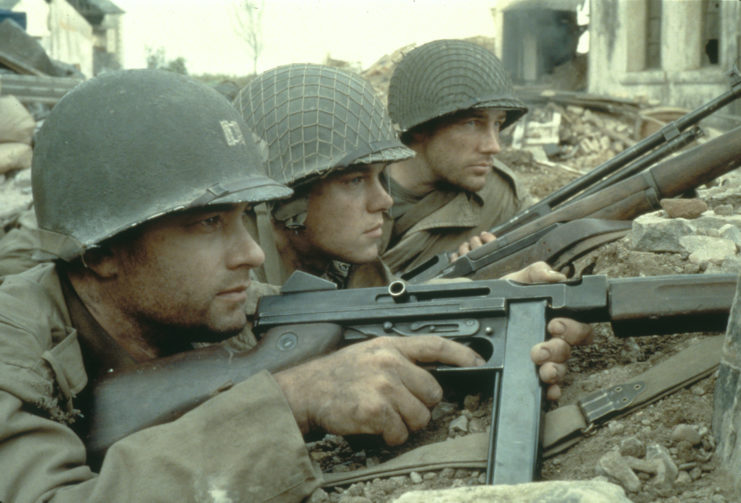
1998’s Saving Private Ryan was also an exceptionally accurate depiction of real-life sniper tactics. While watching the clip of a German sniper aiming at a target, Irving points out the burlap that’s wrapped around the barrel of the rifle, which helps him blend in with the piles of burlap sacks behind him – a method the Germans were known to use, to lower their chances of detection.
The same scene depicts what Irving calls “Snap Bang Theory,” which soldiers use to track the potential location of a sniper by judging the time between when the target is shot and when the crack of the rifle is heard. Once the sniper shoots at one of the Allied men on the ground, Pvt. Daniel Jackson perfectly disguises himself among a pile of rubble and fires at the German directly through his scope and into his brain.
“Everything about this clip is just how I would do it,” Irving explains. “How he creeps up and puts the rifle on the rocks… You can barely even see the guy behind the rubble. By the time he saw him, it was too late.”
Irving remembered when he was in a similar situation, pinned down by a Chechen sniper. “It was essentially like playing volleyball with bullets, and we did that for about three hours,” he recalled.
Lone Survivor (2013)
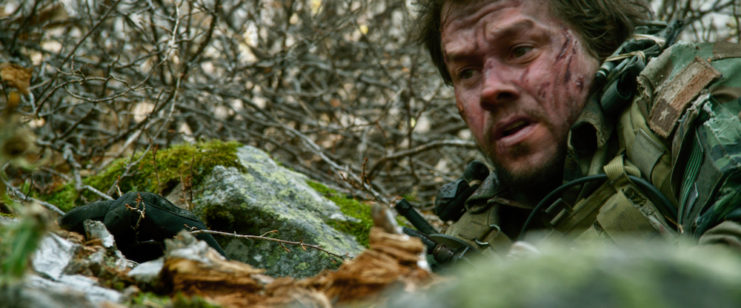
Lone Survivor (2013) is another favorite of Irving’s, with him explaining that it’s one of the most realistic depictions of combat he’s ever seen in film. “I’ve used that same rifle overseas, in Afghanistan,” he says. “I was just getting into Special Operations when the guys were coming back in after rescuing Marcus Luttrell.”
The film follows the real-life account of Marcus Luttrell, the only survivor of a four-man Navy SEAL mission, Operation Red Wings, in Afghanistan. He was left stranded with a broken back, several fractures and shrapnel wounds, yet managed to find his way to safety in a local village. He was then rescued by US Army Rangers and the Afghan Army.
How did the rest score?
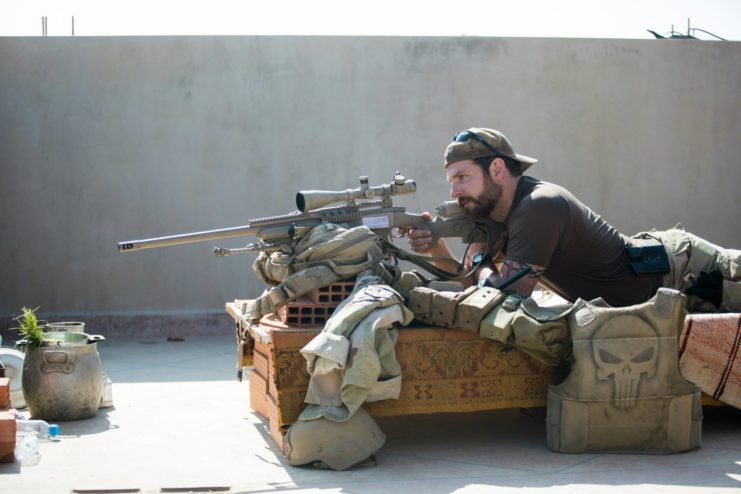
Famed sniper films like American Sniper (2014), which follows the story of Chris Kyle, a Navy SEAL credited with the most sniper kills in the US military, received a lesser score from Irving, due to the inaccuracies of the shot. 2019’s Gemini Man also received mixed reviews. While Will Smith’s character had the right equipment and conducted some actions correctly, the actual shot could not have occurred in real life.
More from us: The Seven Most Heartbreaking Deaths in Military Movies
Those to receive unfavorable scores from Irving include Smokin’ Aces (2006), Shooter (2007) and Rambo (2008). The latter, in particular, was incorrect due to how the .50-caliber rifle was being lugged around. According to Irving, it would have been carried in two pieces, as opposed to completely assembled, due to the sheer weight of the weapon.
